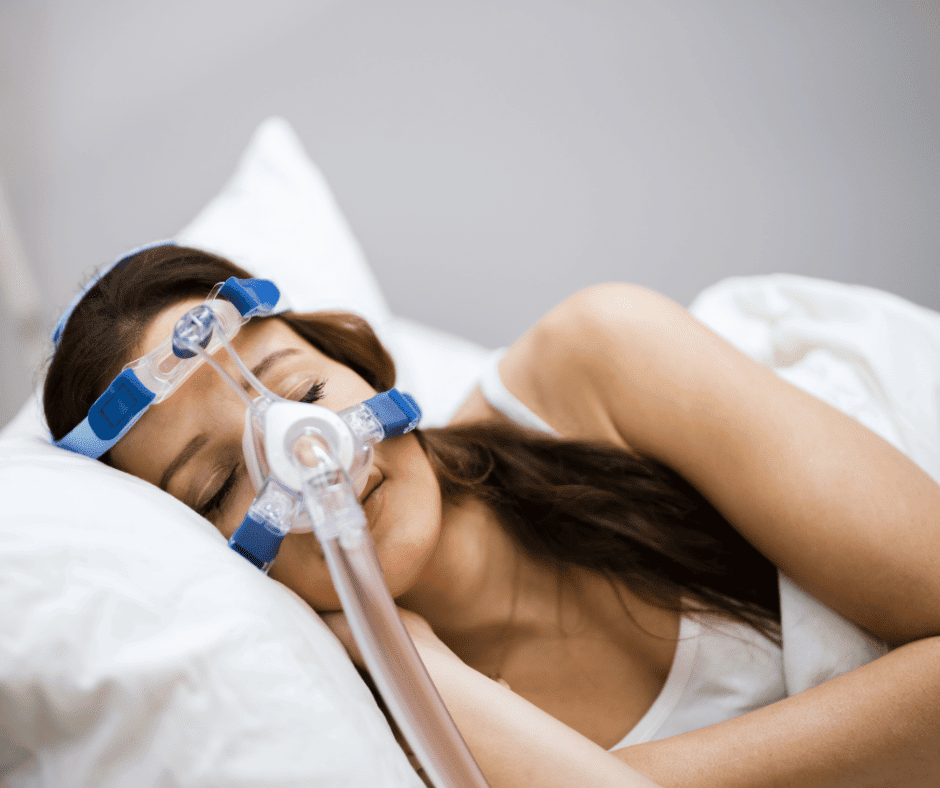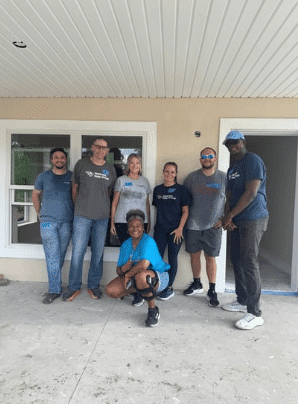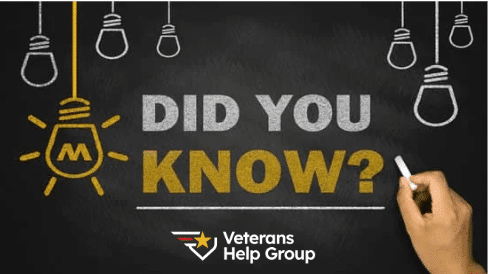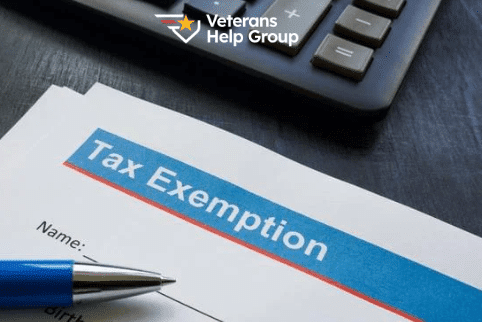
Table Of Contents
Sleep Apnea – What to Know If You Were Exposed to Burn Pits
Recently, the passage of the PACT Act opened the door to veterans who had been harmed by burn pit exposure to pursue VA disability benefits. The PACT Act significantly expanded the VA’s list of conditions presumptively connected to burn pit exposure. Sleep apnea is not on that list.
However, that doesn’t necessarily mean that you can’t pursue a claim for veterans disability benefits. Many disabled veterans establish disability ratings and receive VA disability benefits by providing evidence of a service connection. If you were exposed to burn pits during your military service and now suffer from sleep apnea, here’s what you need to know.
Burn Pits and Sleep Apnea
Military burn pits were used to dispose of a wide range of materials, from human waste to chemicals to unexploded ordnance. Many of these materials released toxins into the air, and those toxins affected exposed service members in many different ways. Some were simple and temporary, such as skin irritations. Others were more serious, including several different types of cancer.
However, much remains unknown about the effects of exposure to a wide range of biological and chemical contaminants in the air around burn pits. The health impacts of burn pit exposure are still under investigation, and it’s possible that a direct connection between burn pit exposure and sleep apnea will be discovered. We know that Gulf War veterans develop sleep apnea at higher than usual rates, but the reason has not yet been identified. And, these veterans can pursue VA disability benefits for sleep apnea–they simply have to provide sufficient medical evidence to establish the connection.
Sleep Apnea as a Secondary Service-Connected Condition
Veterans who already have a VA disability rating for another burn pit related condition may also be able to establish a secondary service connection for sleep apnea. Some evidence indicates that sleep apnea is linked to other conditions that have a presumptive connection to burn pit exposure. For example:
- Sleep apnea has been found to be more common in patients with chronic bronchitis
- Studies have shown a link between asthma and sleep apnea
- Chronic obstructive pulmonary disease (COPD) can contribute to obstructive sleep apnea
If you were exposed to burn pits during your military service and developed sleep apnea, you may be able to establish a service connection or secondary service connection. But, there’s no presumption, which means you will likely have to present significant medical evidence to establish the connection.
What Evidence Do You Need to Support a Sleep Apnea Claim?
If you’re filing a VA disability claim for sleep apnea related to burn pit exposure, the key to success is strong evidence. Since sleep apnea is not on the VA’s presumptive list for burn pit exposure, you’ll need to show a clear link between your condition and your service. This usually involves three important pieces of information:
• A current diagnosis of sleep apnea from a qualified medical professional, often confirmed through a sleep study.
• Service records proving you were stationed in areas where burn pits were used.
• A medical nexus opinion linking your sleep apnea to your burn pit exposure or to another service-connected condition.
It’s also helpful to include statements from fellow service members, family, or friends who observed your symptoms starting during or shortly after service, these are called “buddy letters”. Even though proving service connection without a presumption can be more challenging, many veterans have successfully received benefits with strong evidence and the right support.
What If Your Claim Is Denied?
Don’t give up if the VA denies your initial claim. Many veterans win on appeal once they provide additional evidence or medical opinions. Working with an experienced VA-accredited disability advocate is always important when you receive a denial. We know what the VA is looking for to get an approval and are here to help you win the benefits you deserve.
Sleep Apnea and Burn Pits: FAQs
Understanding how sleep apnea claims work after burn pit exposure can be confusing. Here are answers to some of the most common questions veterans ask about this topic:
• Can I still get VA disability for sleep apnea if it’s not on the presumptive list?
Yes. You can still file a claim, but you’ll need to provide medical evidence showing that your sleep apnea is at least as likely as not caused or aggravated by your service or another service-connected condition.
• How much is VA disability compensation for sleep apnea?
The VA rates sleep apnea from 0% to 100%, depending on the severity and required treatment. Most veterans using a CPAP machine are rated at 50%, which can significantly increase monthly benefits.
• Can burn pit exposure cause other respiratory issues besides sleep apnea?
Yes. Exposure to burn pit toxins has been linked to conditions like asthma, bronchitis, COPD, and certain types of cancer. Many of these are on the presumptive list under the PACT Act.
• Will a CPAP prescription help my VA claim?
Absolutely. A prescription for a CPAP machine shows that your sleep apnea is severe enough to require ongoing treatment, which is important for both establishing your claim and increasing your disability rating.
To learn how a seasoned veterans disability benefits advocate may be able to help you establish your claim, contact us here or call (855) 855-8992 right now.
Veteran Resources:

Veterans Help Group In The Community
Veterans Help Group in the Community Written by: Bobbi Boudi, Director of Community Outreach, Amy...

The Veterans Appeals Efficiency Act of 2025
The Veterans Appeals Efficiency Act of 2025 Several bills are currently pending in Congress that...

50% VA Disability Rating Explained
50% VA Disability Rating Explained If you’re considering pursuing VA disability benefits, you...





